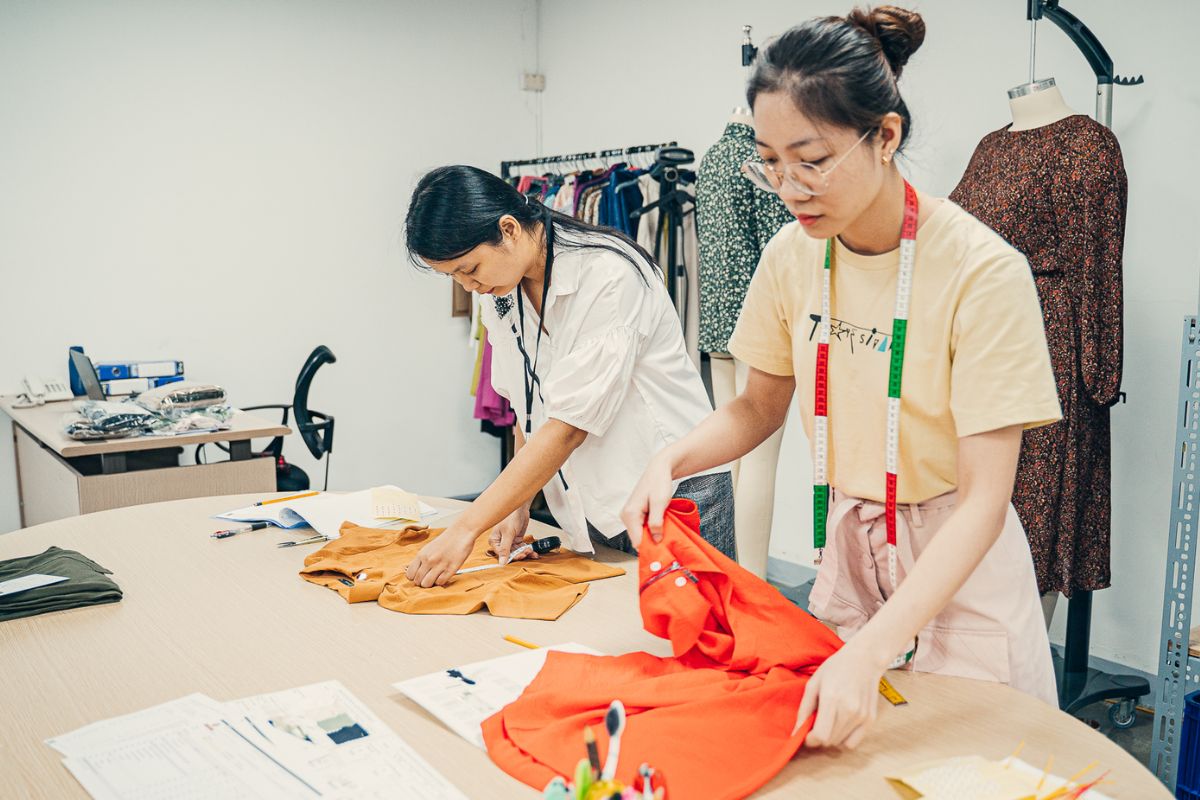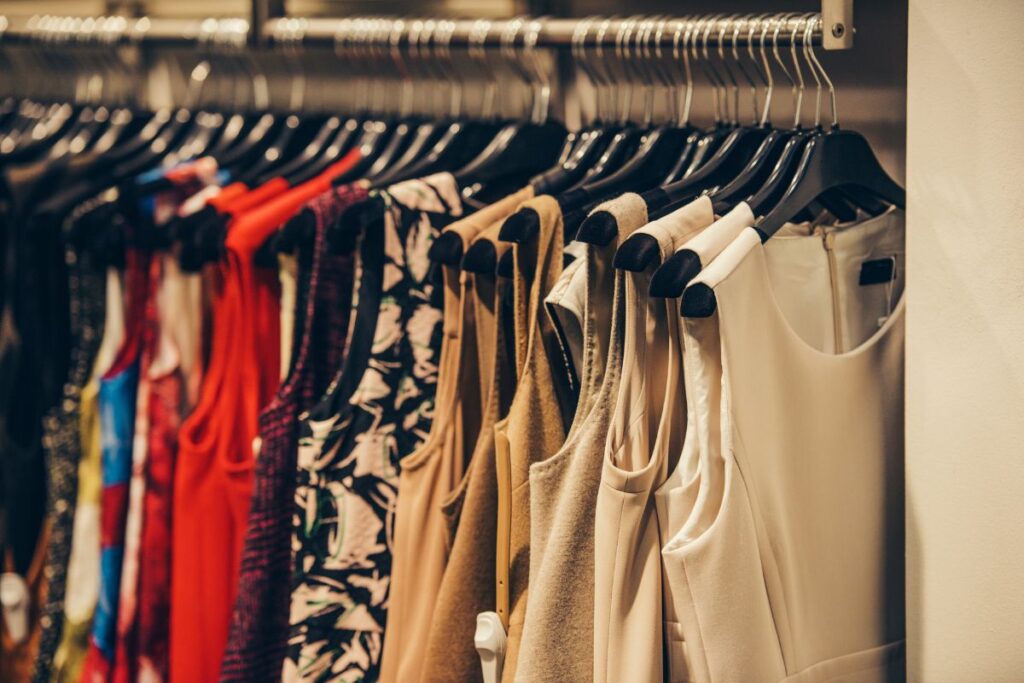dChoosing the right women’s wear manufacturer can define the success or failure of a fashion brand. Even when sourcing globally or working with a local clothing manufacturer, your production partner determines not only garment quality but also timelines, pricing, and brand reputation. Selecting a reliable garment manufacturer means balancing creativity with practicality. Below are five non-negotiable factors every apparel brand should evaluate before finalizing their manufacturing partnership.
Factors needed for a quality women’s wear manufacturer
- Experience and specialization: A manufacturer experienced in women’s wear understands fit, drape, and current style trends better than a general producer.
- Certification and compliance: Verify labor standards, environmental compliance, and ethical sourcing certifications. This builds trust and supports sustainable production.
- Production capacity: Ensure that the factory’s production capacity can scale with your business. Delays often stem from overcommitted manufacturers.
- Transparent quality control procedure: Look for documented QA/QC systems with traceability at every step. Consistency in inspection avoids costly rework.
- Flexibility and communication: Responsive communication ensures problems are resolved before they reach production. Flexibility is key when designs evolve mid-process.
Selecting a partner that upholds these standards helps brands avoid costly missteps. Capital World Group offers a minimum order quantity (MOQ) of 3,000 pieces per style. Established in 1967, and actively working in garments since 2005, it operates through vertical management with QA/QC integration at every stage. Specialized in being a ladies’ clothing manufacturer in Vietnam, Capital World Group produces competitive, quality women’s wear.

Tips when choosing a garment manufacturer
Types of garment manufacturer
Understanding manufacturing models helps match your business stage with the right partner.
- Cut-Make-Trim (CMT): The factory cuts the fabric, assembles garments, and finishes them with trims. It’s suitable for brands providing their own fabrics or unique patterns. CMT offers lower unit cost but requires strong in-house design and material sourcing.
- OEM model: Ideal for established brands with detailed design specifications. The factory executes your concepts precisely. Capital World Group operates effectively under the OEM model, ensuring brand-specific detailing with scalable output.
- Private label: Pre-developed styles with your branding. This model minimizes development time and cost, perfect for startups entering the market quickly.
- Full-service manufacturer: Manages everything from design to delivery. Suitable for emerging brands without dedicated design or sourcing teams.
Learn more about The differences between OEM vs. ODM vs. Private Label.
Understanding pricing and cost
When evaluating pricing, several variables determine the final garment cost:
- Fabric and material cost: High-end materials elevate both quality and price.
- Design complexity: Intricate detailing or unique silhouettes increase labor time.
- Order quantity: Larger orders reduce per-unit cost; align with MOQ requirements.
- Lead time: Faster production can incur premium costs.
- Geographical location: Domestic production offers faster turnaround and lower MOQs, while global manufacturers offer scale, variety, and cost efficiency but longer lead times.
A dependable women’s wear manufacturer combines experience, scalability, and transparent communication. Evaluating these non-negotiables ensures your apparel line achieves consistent quality, competitive pricing, and timely delivery which helps build the foundation for long-term brand success.

